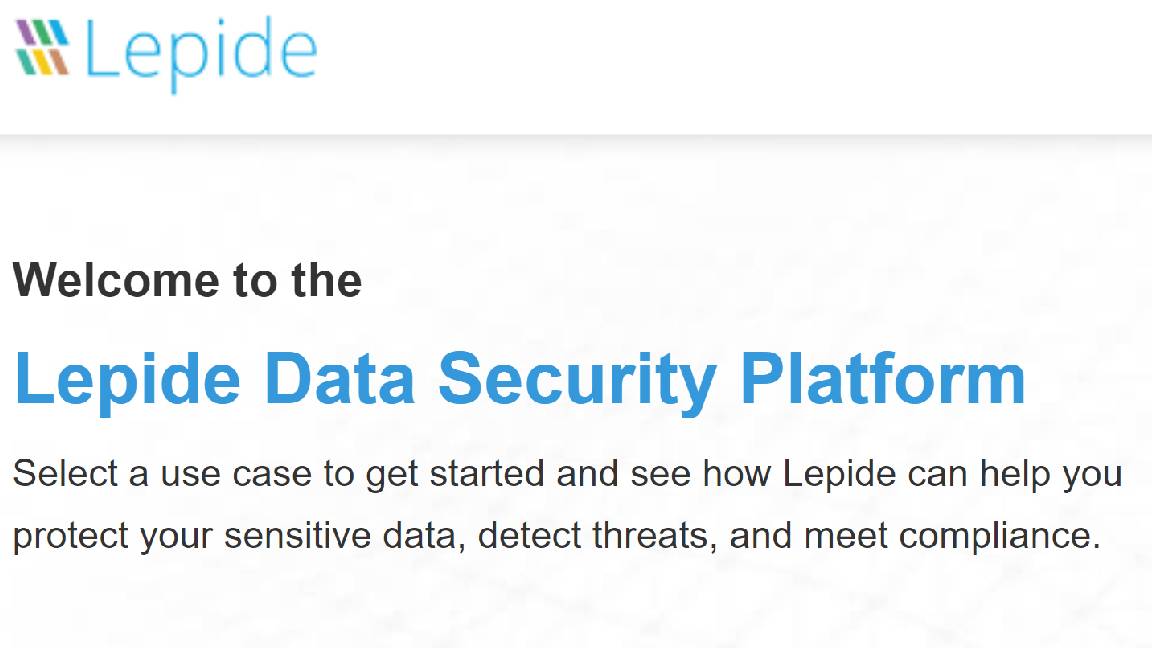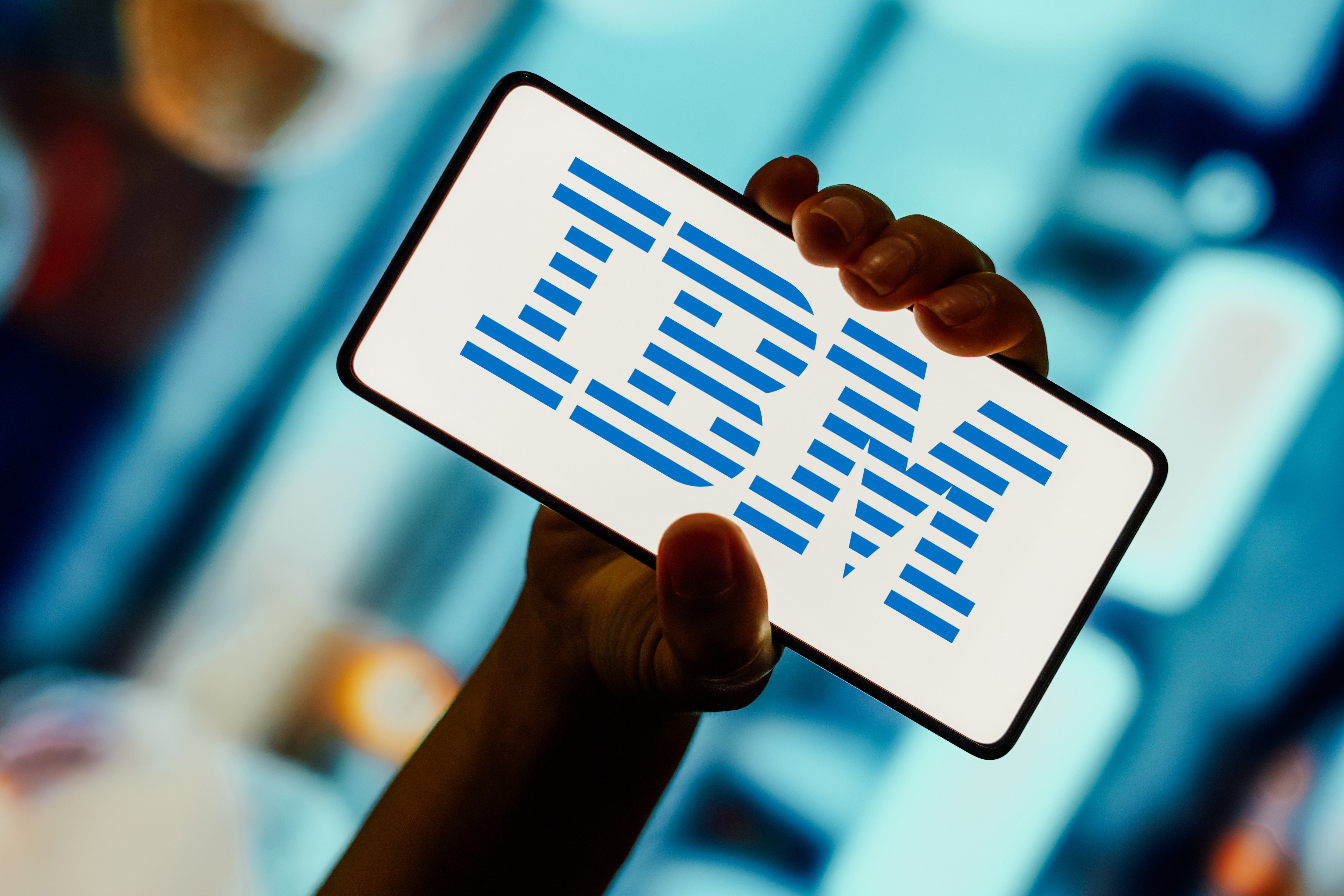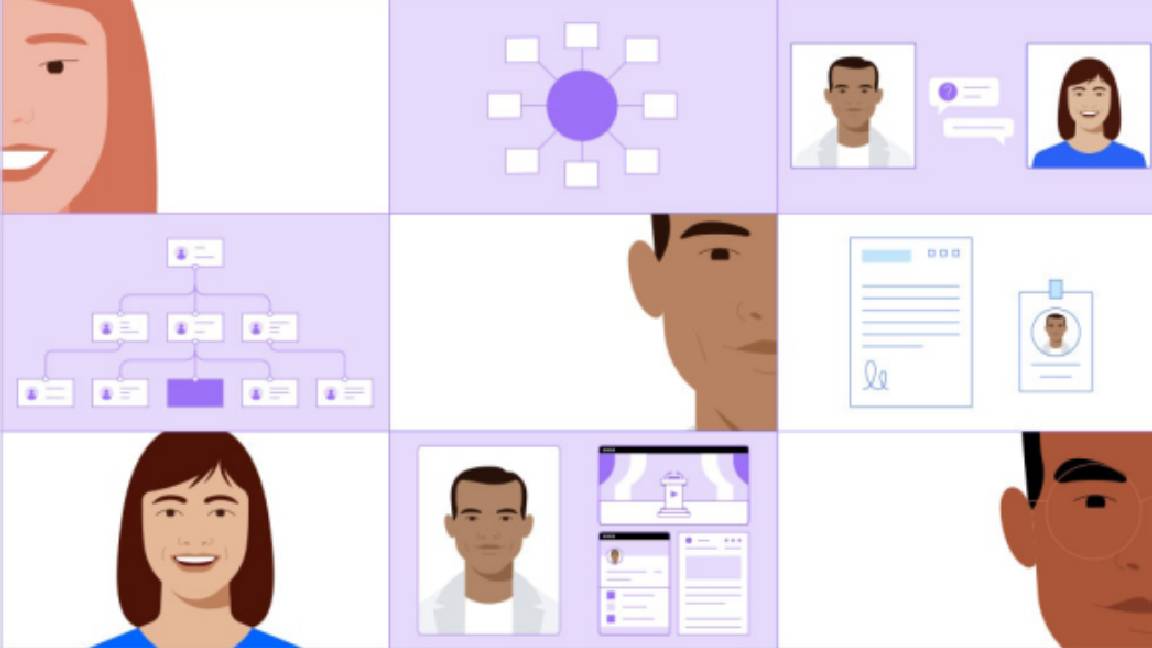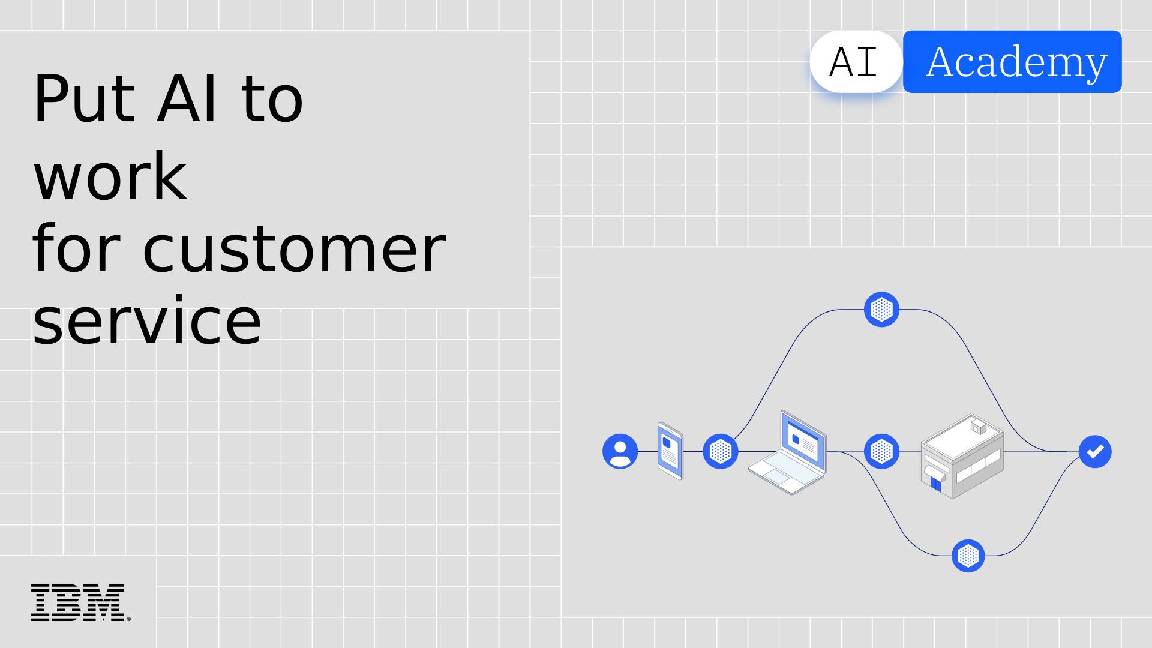Gartner outlines five-phase approach to help businesses survive the coronavirus pandemic
Organisations urged to identify key customers and identify uncertainties


Gartner has taken the matter of guiding organisations during the coronavirus pandemic lockdown into its own hands, introducing a five-phase approach to strengthen the resilience of current business models.
The approach aims to make organisations aware of the possibility that their own business model could be the factor threatening the continuity of their operations during external events, an example of such being the current COVID-19 outbreak.
Gartner has set out the following five phases that each organisation should be sticking to as part of their lockdown plans:
- Phase 1: Define the business model
- Phase 2: Identify uncertainties
- Phase 3: Assess the impact
- Phase 4: Design changes
- Phase 5: Execute changes
The first phase is to “define the business model” by urging businesses to shift their primary focus onto their key clients, who are considered vital “to their continuity of operations”.
Companies can then choose to determine their current business models: “their customers, value propositions, capabilities and financial models”. Gartner also encourages CIOs to actively take part in modifying current business models.
Gartner’s second phase is to “identify uncertainties” and the risks that they could pose to any business model components.
“CIOs should participate in, or coordinate, the brainstorming sessions to identify any uncertainties from COVID-19 outbreaks,” said Daniel Sun, research vice president at Gartner. “CIOs can share some of IT’s potential uncertainties and threats, such as issues with IT infrastructure, applications and software systems.”
Get the ITPro daily newsletter
Sign up today and you will receive a free copy of our Future Focus 2025 report - the leading guidance on AI, cybersecurity and other IT challenges as per 700+ senior executives
Phase three is all about evaluating the impact of these identified uncertainties, and CIOs are encouraged to “provide the potential impacts from an IT perspective”.
The fourth phase calls for developing provisional strategies which would be able to deal with these uncertainties, regardless of their feasibility. CIOs and IT are encouraged to use “digital technologies and capabilities" to facilitate these strategies.
RELATED RESOURCE

How to deploy a modern CMS quickly
This guide will help you choose, deploy and optimise a CMS that provides better results for your customers and your business
The final, fifth phase is to “execute changes”. These should be based on the decisions made by senior leadership teams, who would choose the strategies that seem most convincing to implement, judging by “both economic calculations and intuition”.
“Once senior leadership teams select the business and IT change initiatives, CIOs should apply an agile approach in executing the initiatives. For example, they can form an agile (product) team of multidisciplinary team members, enabling the alignment between business and IT and ensuring delivery speed and quality,” said Sun. “In crises such as the COVID-19 outbreak, agility, speed and quality are crucial for enabling the continuity of operations.”
Having only graduated from City University in 2019, Sabina has already demonstrated her abilities as a keen writer and effective journalist. Currently a content writer for Drapers, Sabina spent a number of years writing for ITPro, specialising in networking and telecommunications, as well as charting the efforts of technology companies to improve their inclusion and diversity strategies, a topic close to her heart.
Sabina has also held a number of editorial roles at Harper's Bazaar, Cube Collective, and HighClouds.
-
 Should AI PCs be part of your next hardware refresh?
Should AI PCs be part of your next hardware refresh?AI PCs are fast becoming a business staple and a surefire way to future-proof your business
By Bobby Hellard
-
 Westcon-Comstor and Vectra AI launch brace of new channel initiatives
Westcon-Comstor and Vectra AI launch brace of new channel initiativesNews Westcon-Comstor and Vectra AI have announced the launch of two new channel growth initiatives focused on the managed security service provider (MSSP) space and AWS Marketplace.
By Daniel Todd
-
 It's been two weeks since CrowdStrike caused a global IT outage – what lessons should we learn?
It's been two weeks since CrowdStrike caused a global IT outage – what lessons should we learn?Opinion The incident on 19 July was possibly the biggest IT outage to date
By Stephen Pritchard
-
 Game-changing data security in seconds
Game-changing data security in secondswhitepaper Lepide’s real-time in-browser demo
By ITPro
-
 Unlocking the opportunities of open banking and beyond
Unlocking the opportunities of open banking and beyondwhitepaper The state of play, the direction of travel, and best practices from around the world
By ITPro
-
 Accelerated, gen AI powered mainframe app modernization with IBM watsonx code assistant for Z
Accelerated, gen AI powered mainframe app modernization with IBM watsonx code assistant for Zwhitepaper Many top enterprises run workloads on IBM Z
By ITPro
-
 Magic quadrant for finance and accounting business process outsourcing 2024
Magic quadrant for finance and accounting business process outsourcing 2024whitepaper Evaluate BPO providers’ ability to reduce costs
By ITPro
-
 Let’s rethink the recruiting process
Let’s rethink the recruiting processwhitepaper If you designed your recruiting process for a new company, what would you automate to attract and hire the best talent?
By ITPro
-
 The power of AI & automation: Productivity and agility
The power of AI & automation: Productivity and agilitywhitepaper To perform at its peak, automation requires incessant data from across the organization and partner ecosystem.
By ITPro
-
 AI academy: Put AI to work for customer service
AI academy: Put AI to work for customer servicewhitepaper Why AI is essential to transforming customer service
By ITPro